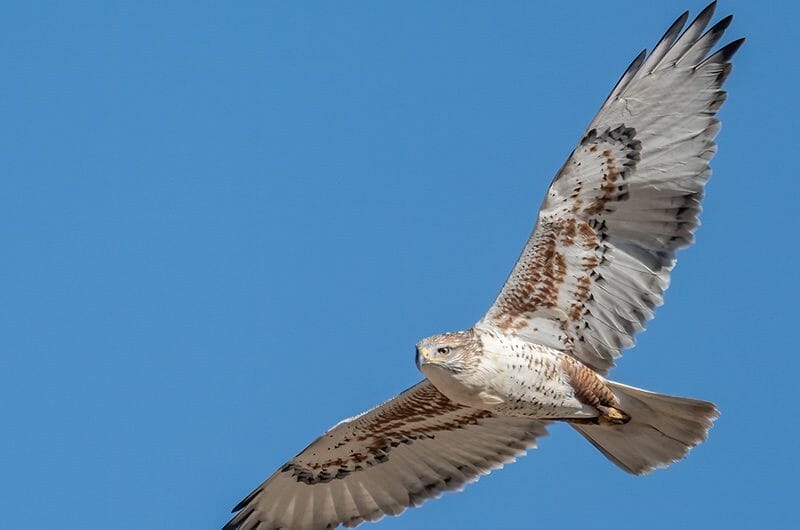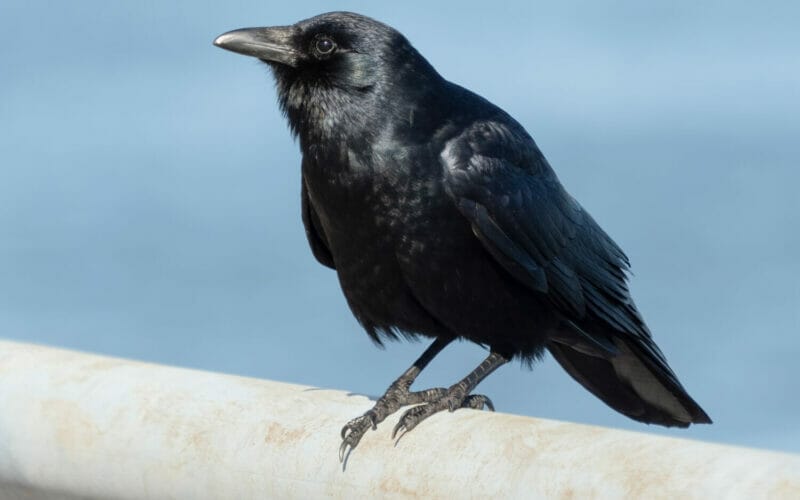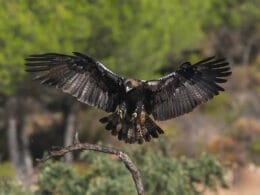Sometimes it is difficult to identify birds of prey in the air. This is particularly true if there are no other birds around to help judge the size of it. Being backlit so the underside is in shade complicates things further. In this guide we look at the differences between eagles and hawks and offer a few pointers to help distinguish between them.
The Accipitridae Family
The Accipitridae family contains Hawks, Kites, Eagles and Allies. So, we already know that hawks and eagles are related. According to the American Birding Association, there are 4 species of eagle and 20 species of hawk. Some of these are common and some, very rare.
Eagles
The four species of eagle in the United States are:
- Bald Eagle
- Golden Eagle
- Steller’s Sea-Eagle
- White-tailed Eagle
The last 2 species are irregular visitors to the country but the Bald and Golden Eagles can be commonly seen across certain states.
Golden Eagle (Aquila chrysaetos)

Identification
The Golden Eagle is a large ‘booted’ eagle, meaning that is has feathers all the way down its legs. It has dark brown, variable plumage. The golden in the name refers to a paler patch of feathers across the nape of the neck. At times it may not be visible. It has a large, hooked bill.
Size
- Length: 27.6-33.1 in (70-84 cm)
- Weight: 105.8-216.1 oz (3000-6125 g)
- Wingspan: 72.8-86.6 in (185-220 cm)
Range
The Golden Eagle can be found across most of the U.S. as shown in the Range Map below. It is not contained to North America, but can be found across much of the Northern Hemisphere.
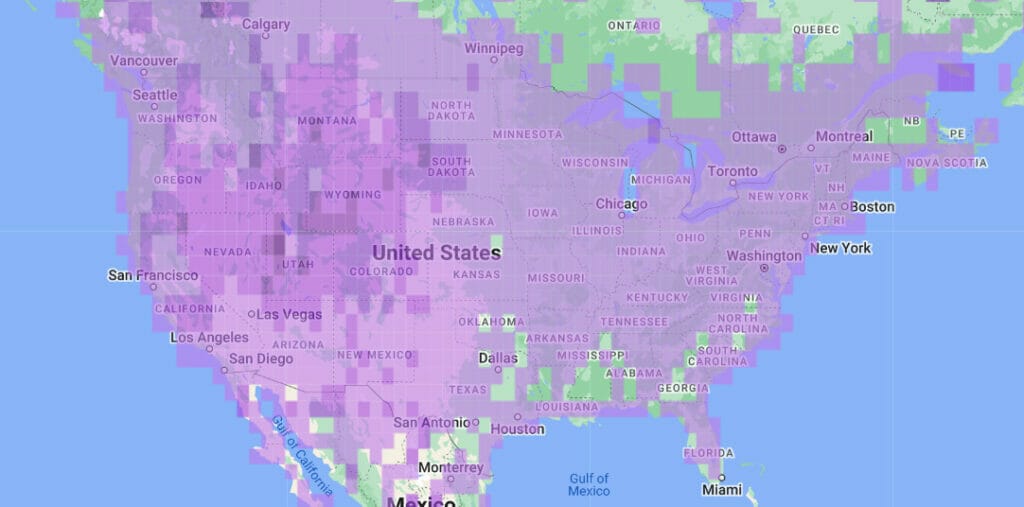
Bald Eagle
Identification

The Bald Eagle is a fish eagle, meaning that it primarily hunts and eats fish. It has a more uniform dark brown plumage with bright yellow feet and bill. The distinguishing feature, of course, is the brilliant white head.
Size
- Length: 27.9-37.8 in (71-96 cm)
- Weight: 105.8-222.2 oz (3000-6300 g)
- Wingspan: 80.3 in (204 cm)
Range
The Bald Eagle is, again, widespread and found across most environments, with the exception of the desert areas. It can also be found in Canada and Alaska but not outside of the northern part of the Americas.
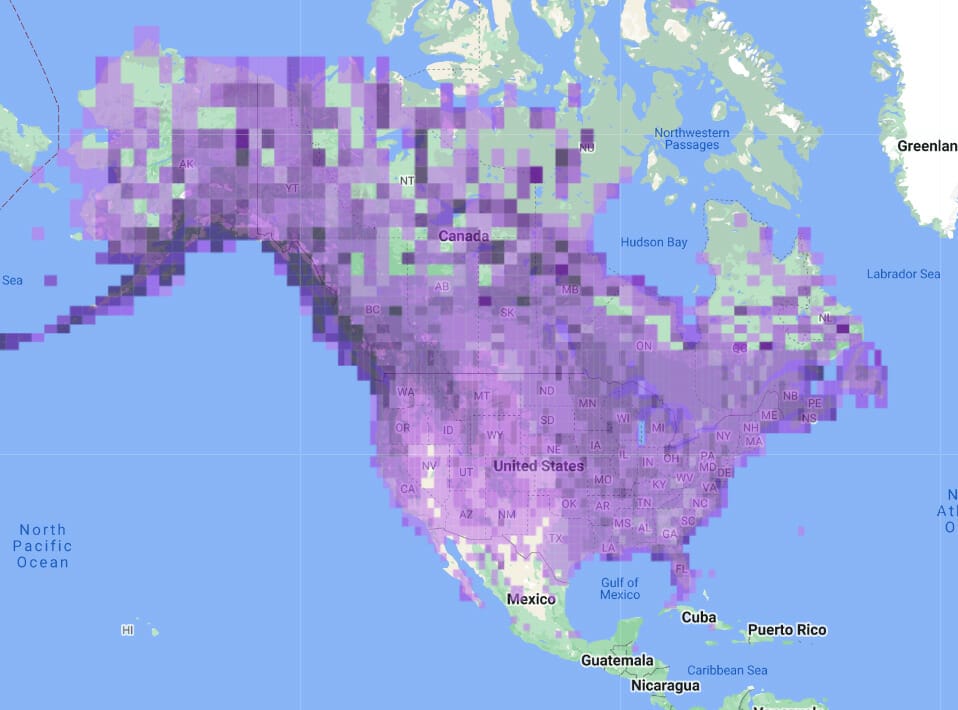
Hawks
The 2 largest species of hawk in the U.S. are the Ferruginous and Red-tailed Hawks and it is these we will profile.
Ferruginous Hawk (Buteo regalis)
Identification
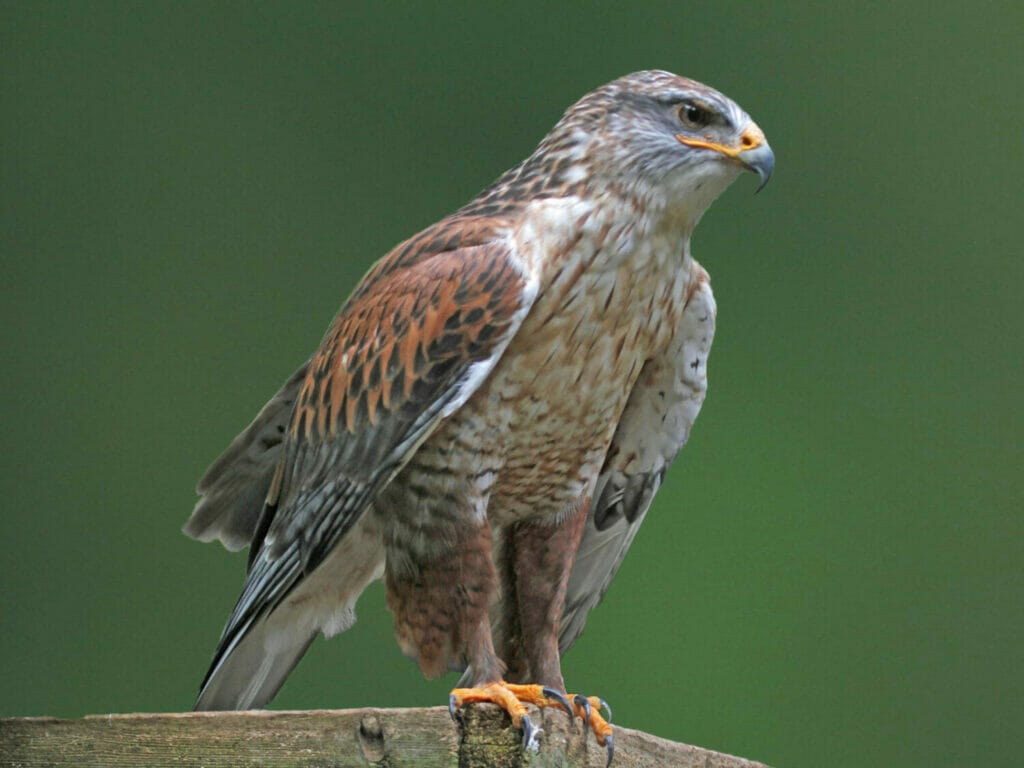
The Ferruginous Hawk is seen in light and dark morphs. Both have a rich brown and red back. The pale morph is almost entirely pale underneath, just with dark wingtips. The dark morph has a dark and light pattern under the wing.
Size
- Length: 22.1-27.2 in (56-69 cm)
- Weight: 34.5-73.2 oz (977-2074 g)
- Wingspan: 52.4-55.9 in (133-142 cm)
Range
The Ferruginous Hawk is found predominately on the western side of continental America.
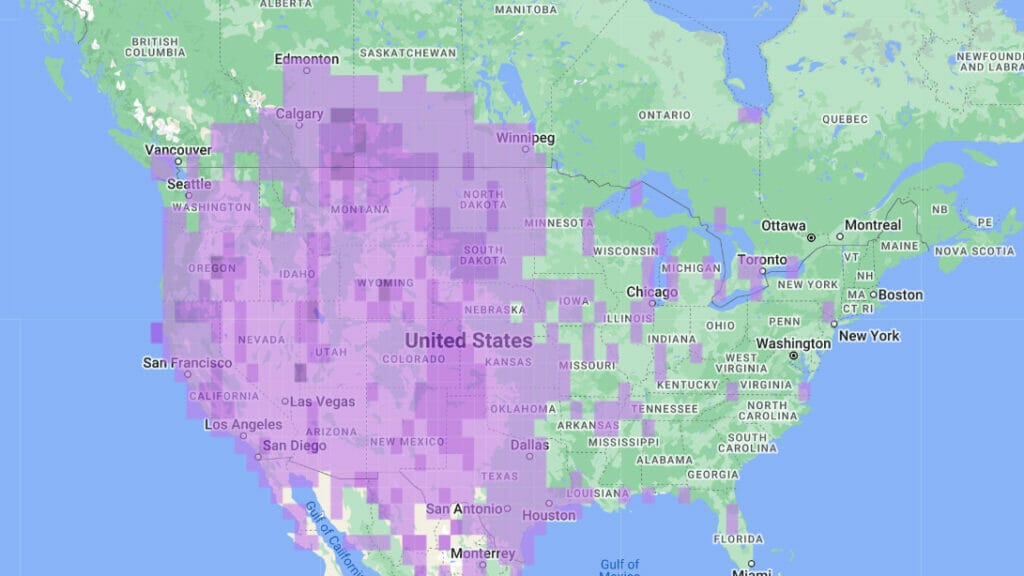
Red-tailed Hawk
Identification
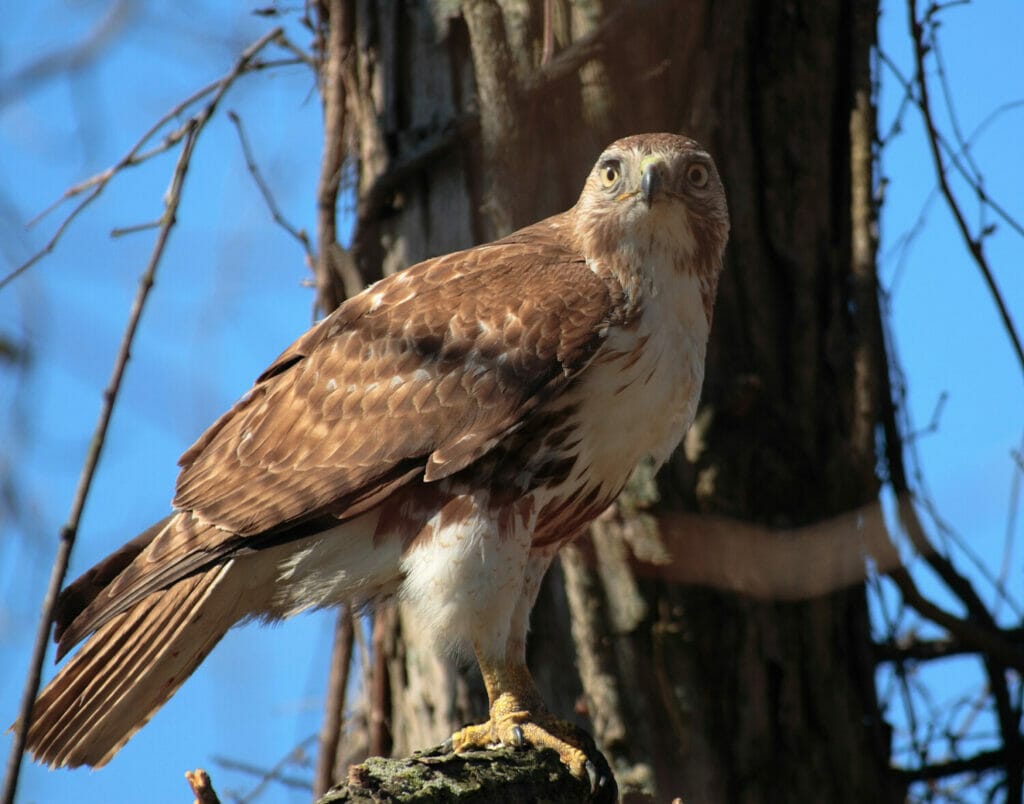
The Red-tailed Hawk is where things get a little blurred. It looks like a generic ‘hawk’ might look with a dark brown back and pale front, which is sometimes streaky. The giveaway is the obvious red on the tail.

Size
- Male
- Length: 17.7-22.1 in (45-56 cm)
- Weight: 24.3-45.9 oz (690-1300 g)
- Wingspan: 44.9-52.4 in (114-133 cm)
- Female
- Length: 19.7-25.6 in (50-65 cm)
- Weight: 31.8-51.5 oz (900-1460 g)
- Wingspan: 44.9-52.4 in (114-133 cm)
Range
The Red-tailed Hawk is the most commonly seen bird of prey across the United States. It is an adaptable bird that can survive in most environments. It has a huge range from Alaska through to Central America.
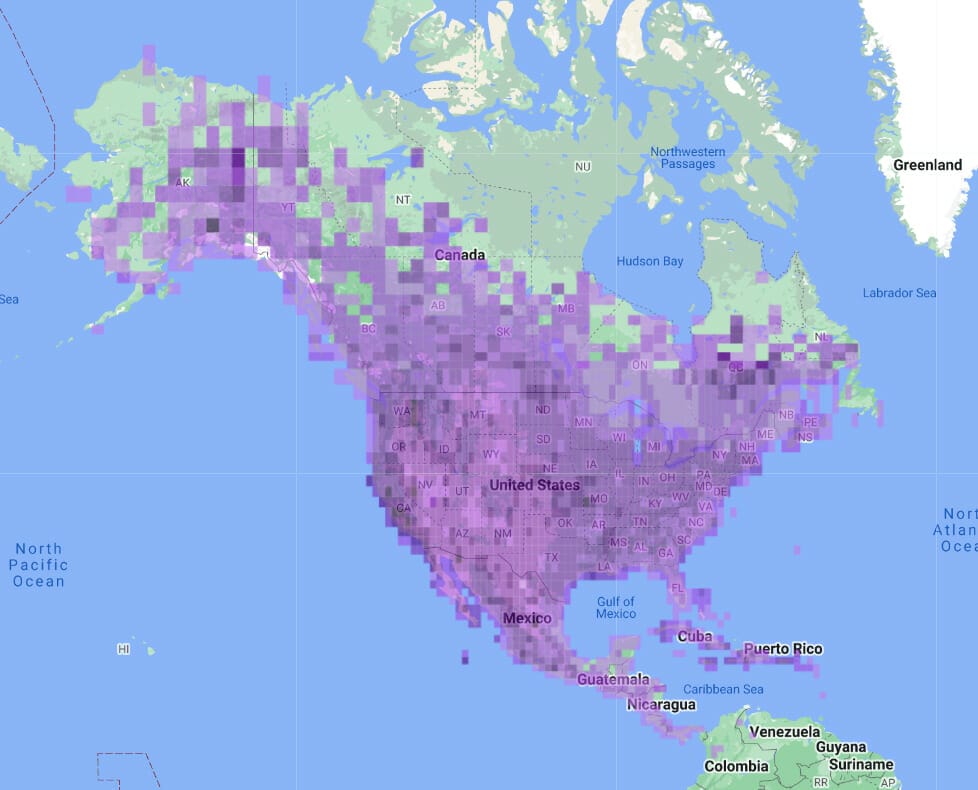
Eagle versus Hawk – The Bill
While the bill on our hawk species is large, you can clearly see that the eagles’ bills are bulkier.
Ferruginous Hawk
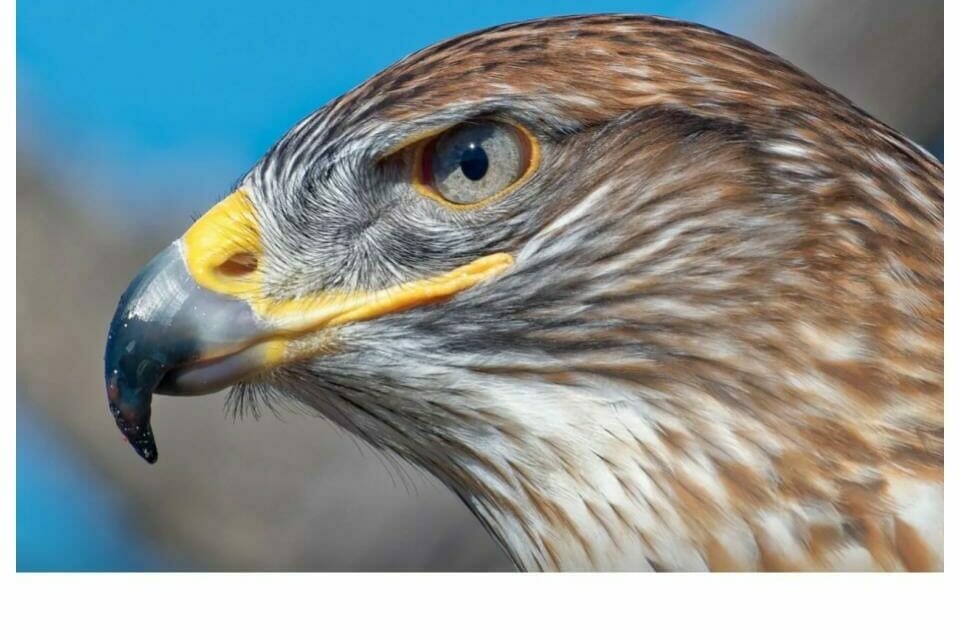
Red-tailed Hawk

Golden Eagle
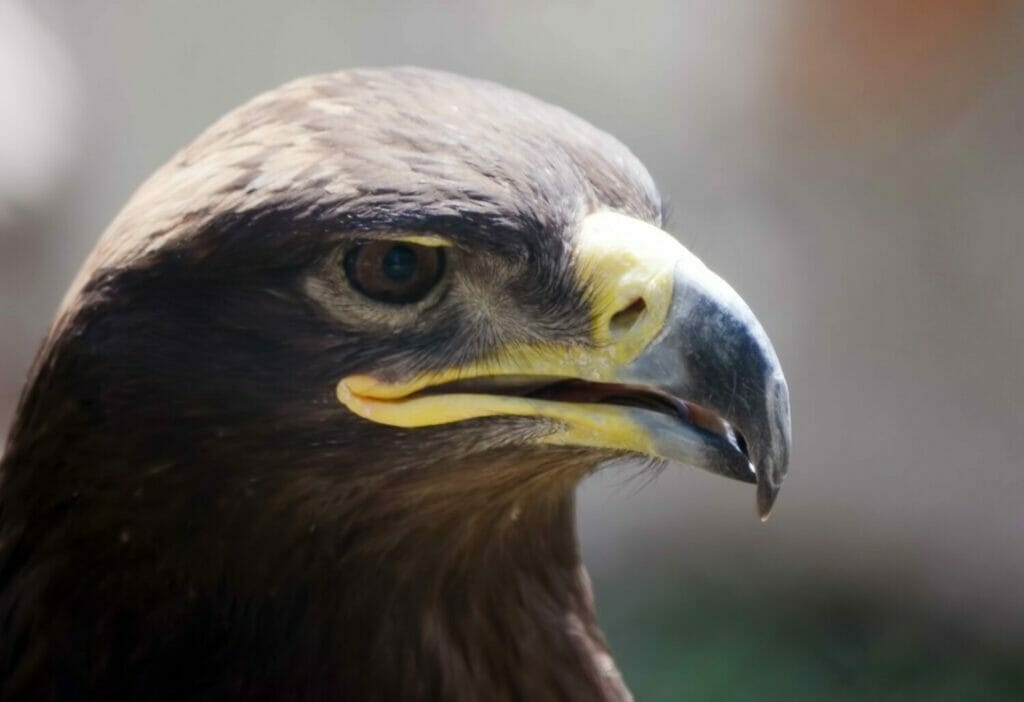
Bald Eagle
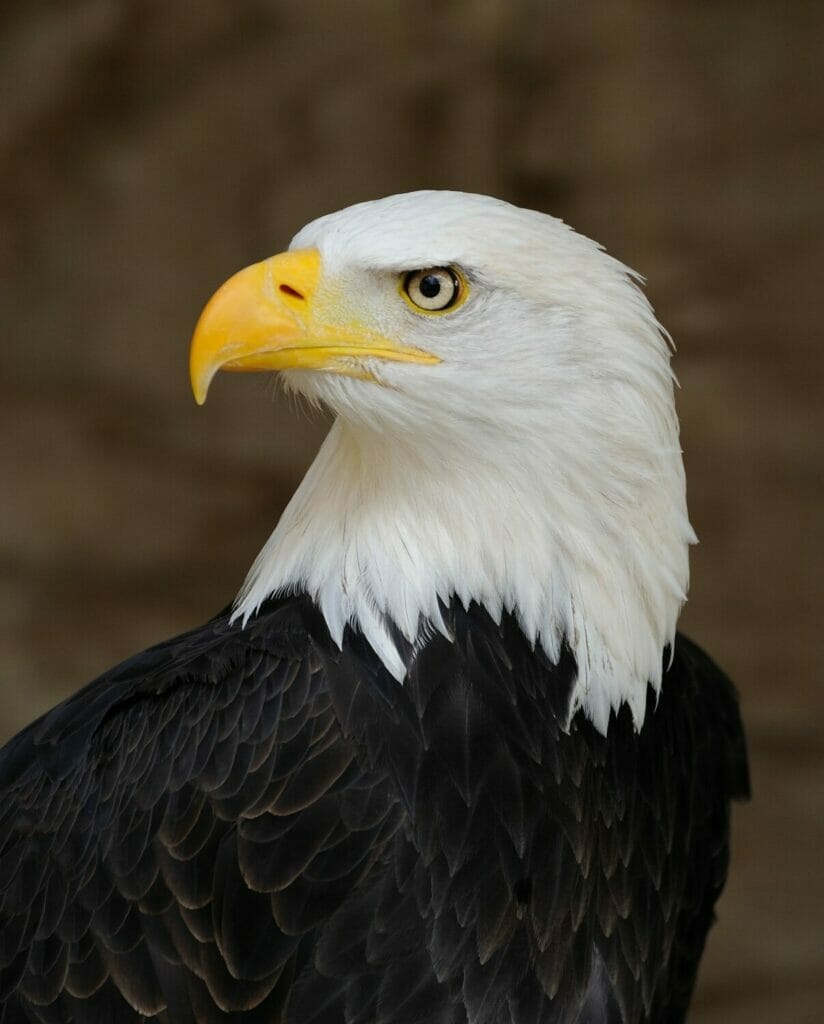
Eagle vs Hawk – In Flight
By comparing the photos below, we can see that:
- The hawks wings are shorter and relatively broader.
- The eagle wingtips are much longer and spread out.
- The heads of the eagles are more extended.
Ferruginous Hawk

Red-tailed Hawk

Golden Eagle
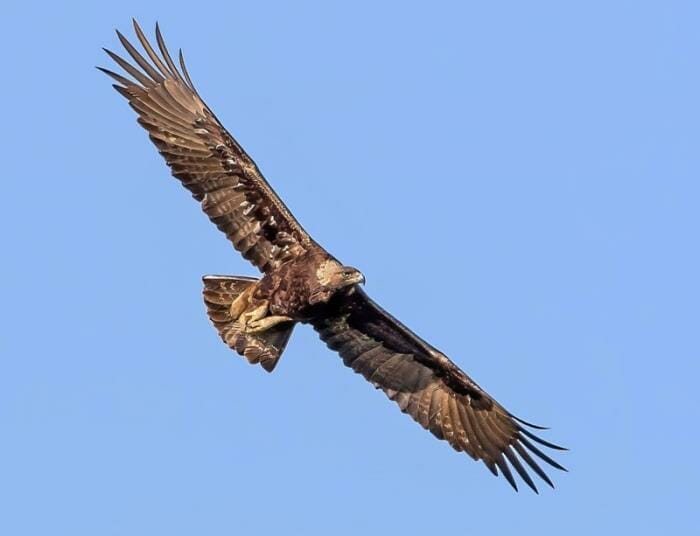
Bald Eagle

Conclusion
We have looked at the plumage, bill and shape of sample hawks and eagles and found some significant differences. The steps to successfully identifying these birds in the field are:
- take a good field guide as it will contain silhouettes of the birds
- make notes on the key features – wings, head, tail, coloring, flight pattern
- photograph them if possible
- compare them to other birds to get an idea of size
Hawks and eagles are the kings (and queens) of the sky but can be difficult to identify. I hope this guide will help give you some pointers.
FAQ
Typically, eagles are stronger than hawks because they are larger.
As we said above, the eagle is stronger so in theory it would win a ‘fight’. However, hawks and eagles do not predate on each other and the only real scenario where they might fight is over food. That is more likely to be posturing and squabbling to determine the victor.
Eagles are an apex predator with no real enemies as such. The biggest threat to eagles is, of course, humans. We are responsible for the loss of habitat which causes the most difficulty in eagles reproducing.




